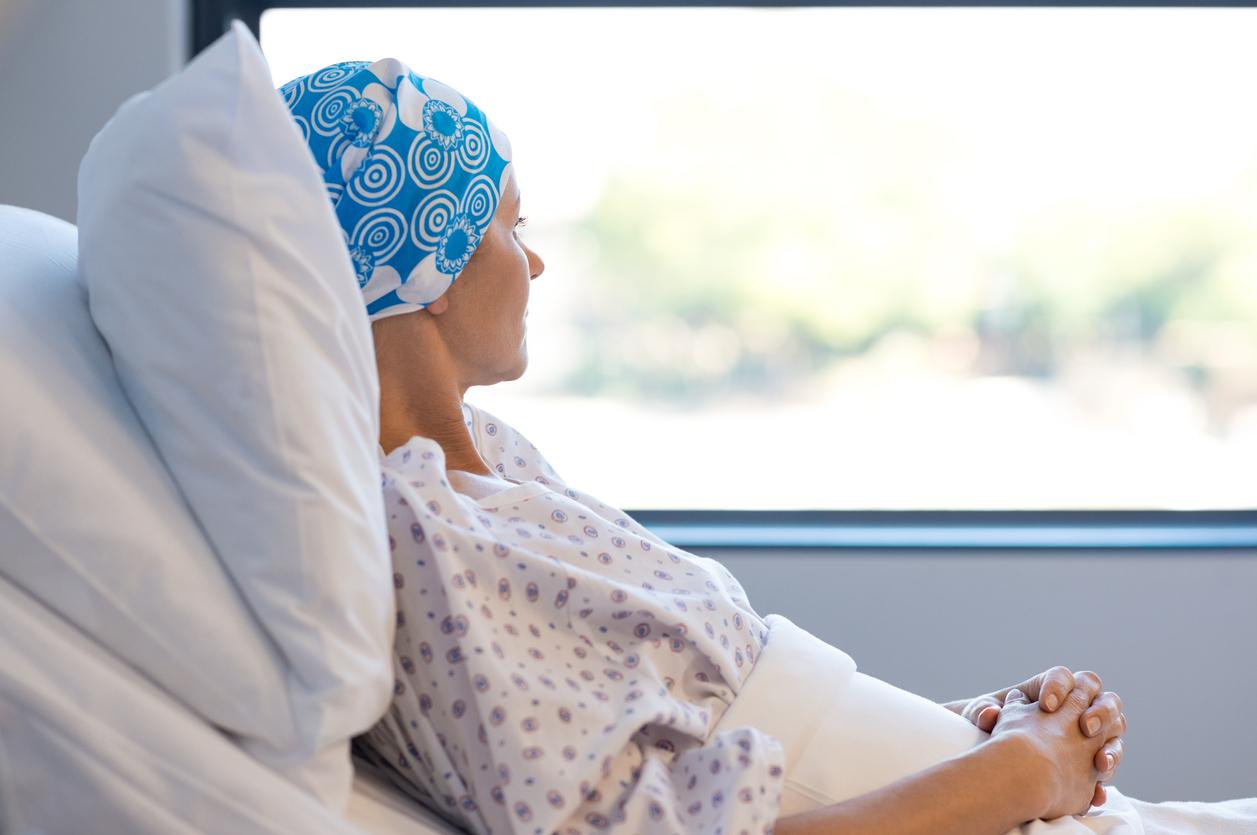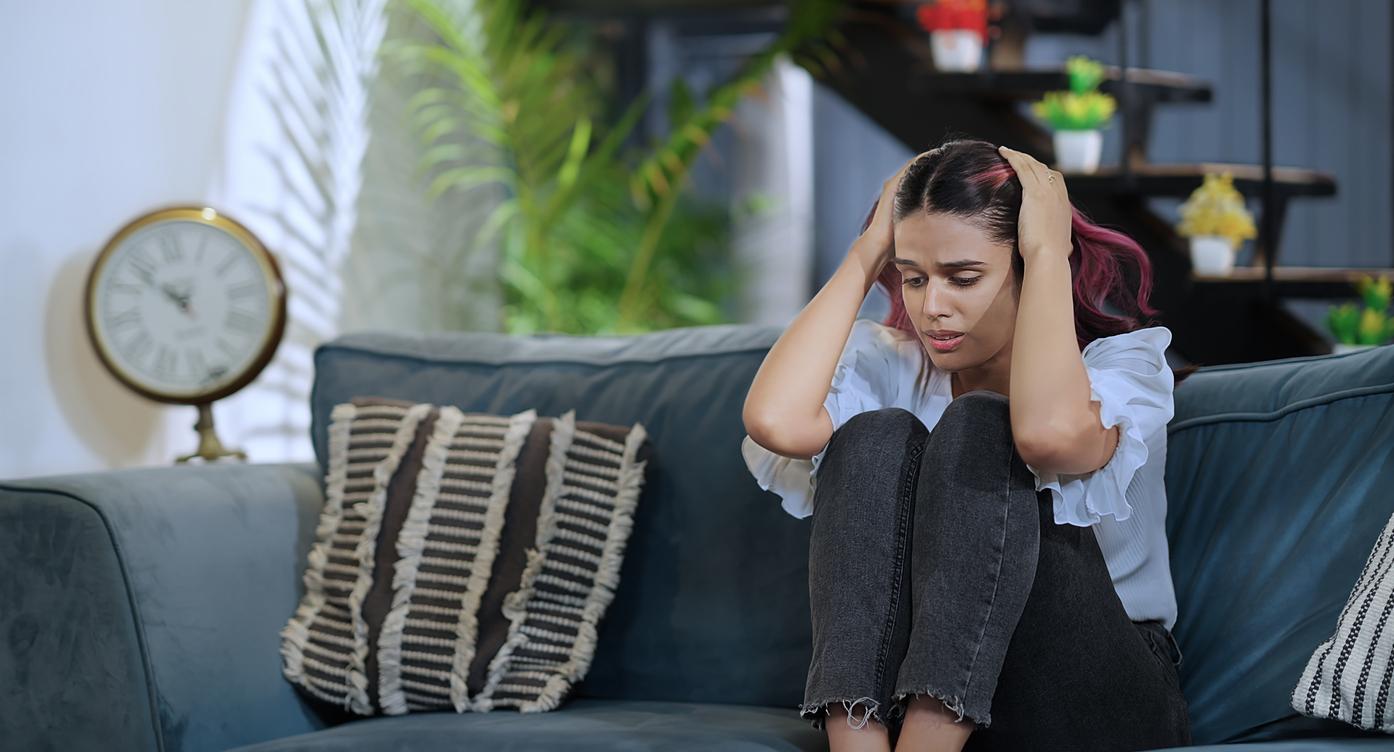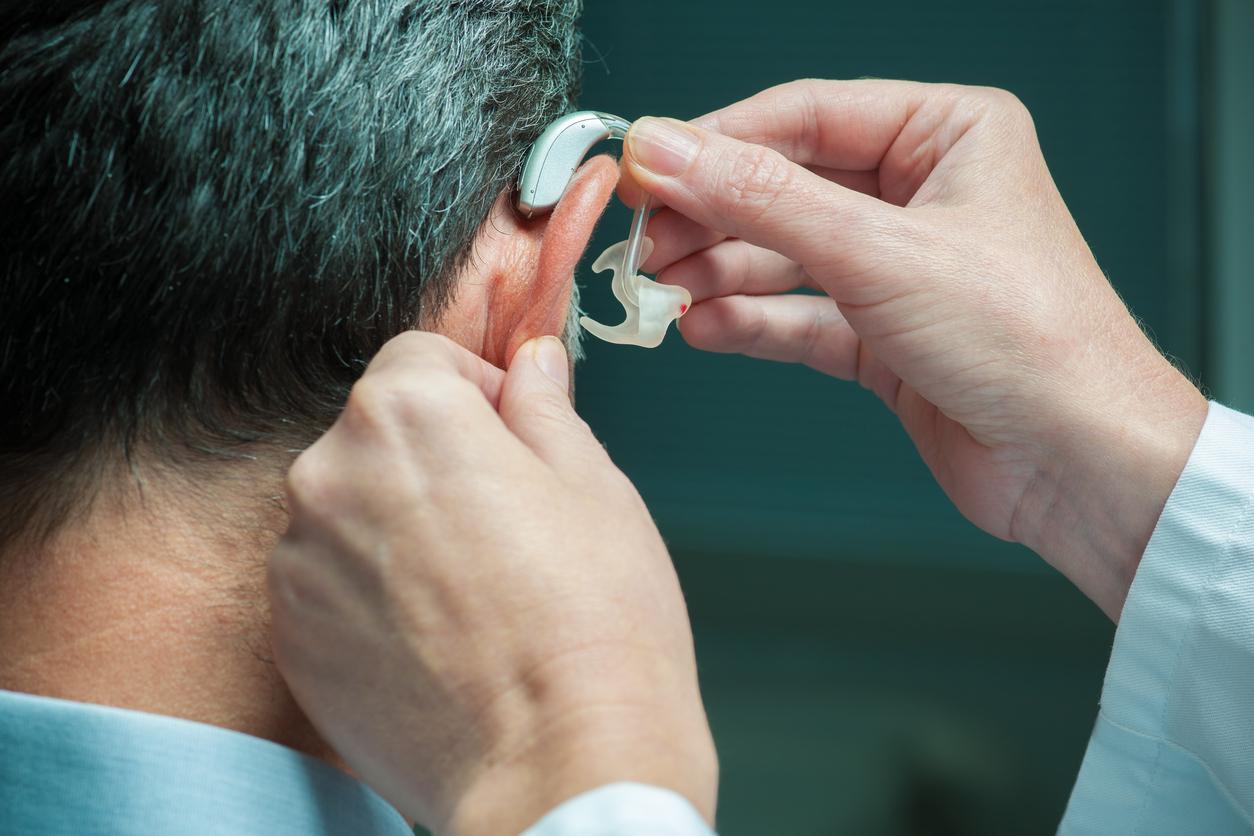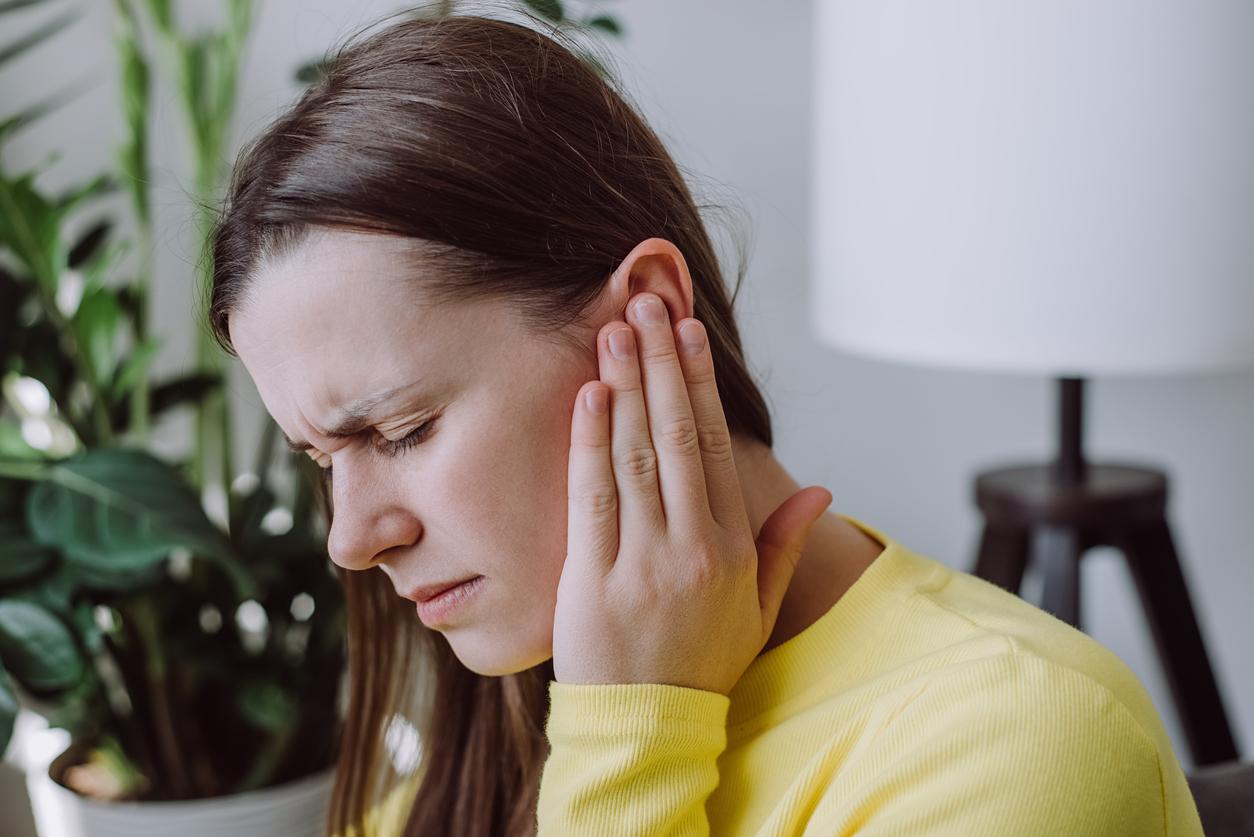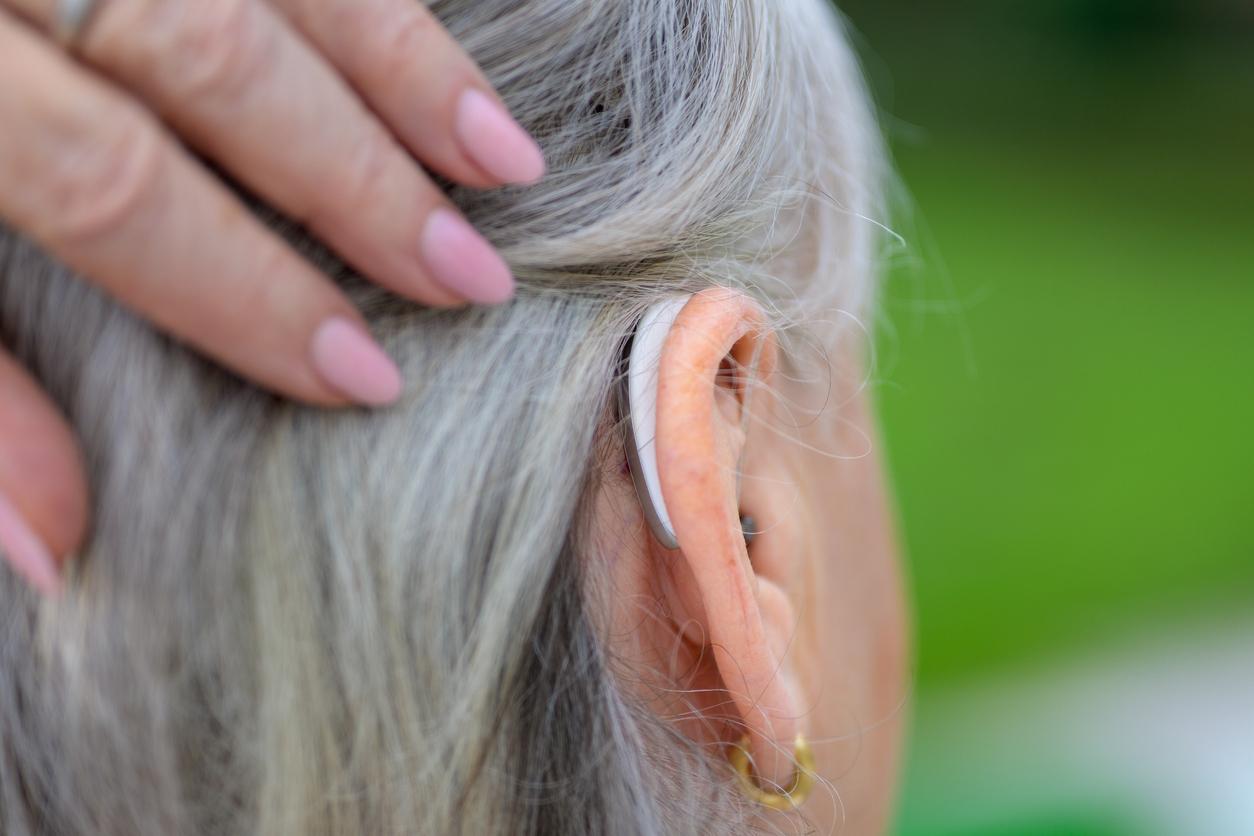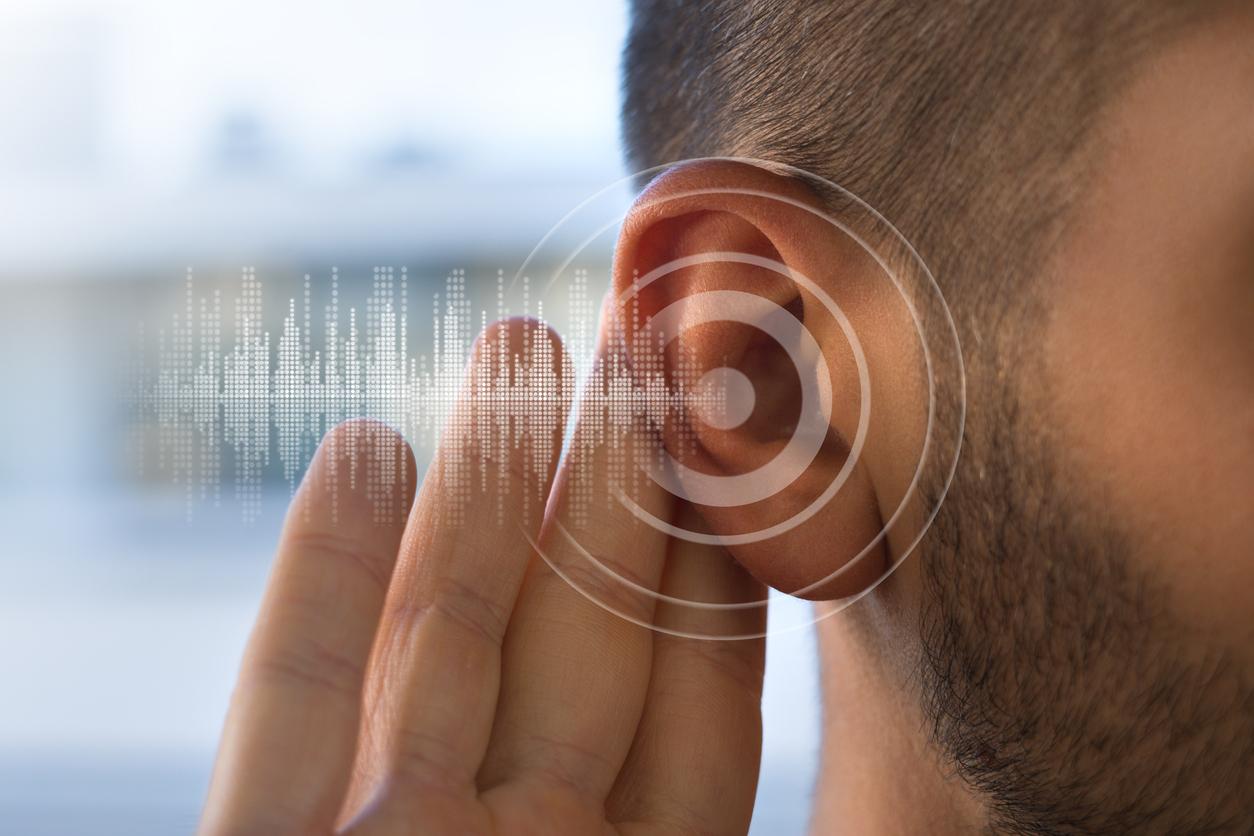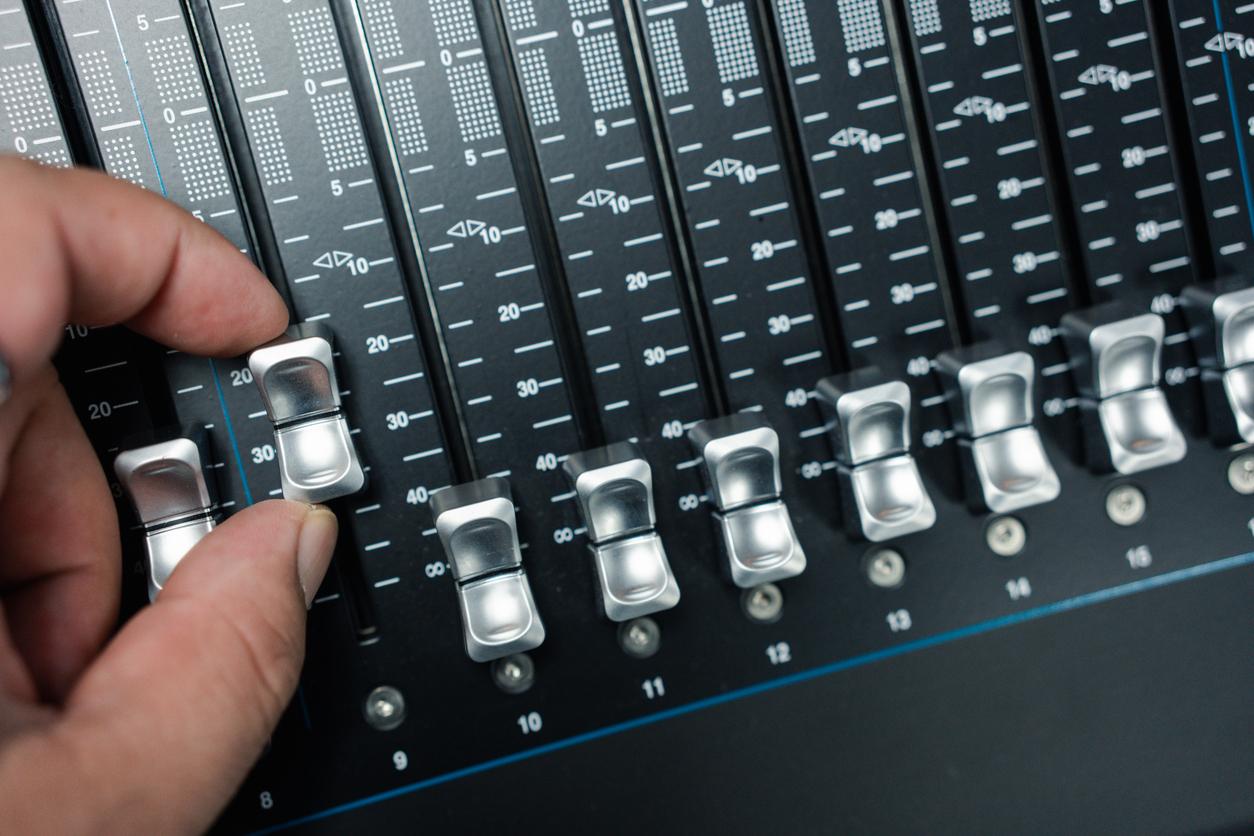In the United Kingdom, a one-and-a-half-year-old deaf girl is the youngest child to receive gene therapy, which allowed her to hear for the first time.

- In the United Kingdom, a little girl, born deaf, was able to acquire hearing thanks to gene therapy.
- As part of a clinical trial, she received an injection in the ear, containing a copy of a gene, mutated in her case.
- After 24 weeks, his hearing was close to normal.
Opal Sandy had never heard the sounds. At 18 months old, the little British girl can now hear her parents. She is the first patient to have benefited from gene therapy as part of a global trial. Administered when he was 11 months old, the treatment allowed him to regain his hearing. Cambridge University Hospitals tell its story in a press release published Thursday, May 9.
A baby girl born deaf can hear unaided for the first time, after receiving ground-breaking gene therapy when she was eleven months old at Addenbrooke’s Hospital in Cambridge.
Read more here – https://t.co/ZhqAKQSwiG@CambridgeCRF @CambridgeBRC pic.twitter.com/x2eIeIazXA
— Cambridge University Hospitals NHS (@CUH_NHS) May 9, 2024
The little girl was born completely deaf due to a rare genetic disease: auditory neuropathy, caused by the disruption of nerve impulses going from the inner ear to the brain. This disease may be the consequence of a variation in the OTOF gene. In the body, it produces a protein called otoferlin, which is necessary to allow the inner hair cells of the ear to communicate with the hearing nerve. Tests can identify mutations in this gene and detect the pathology. In Opal’s case, it was carried out when she was three weeks old, because she was considered at risk, as her big sister suffers from the pathology.
Auditory neuropathy: a single gene therapy infusion to restore hearing
In 2023, the little girl participated in the CHORD trial: its aim is to test the effectiveness of gene therapy to improve the hearing of children born with auditory neuropathy. In this context, Opal Sandy received an infusion containing a harmless virus (AAV1), capable of delivering a copy “of work” of the OTOF gene. The injection was performed into the cochlea, the area of the inner ear containing auditory nerve endings, under general anesthesia. Surgeons also placed a cochlear implant in the little girl’s left ear. This device helps improve the hearing of people suffering from hearing problems.
“Four weeks after receiving the gene therapy infusion in her right ear, Opal responded to sound, even with the cochlear implant in her left ear turned off., note the authors of the trial in a press release. In the following weeks, scientists observed a “continuous improvement” of his hearing. 24 weeks after the injection, they found that Opal had near-normal hearing levels for quiet sounds, like whispering, in her treated ear.
Gene therapy: hope for the management of hearing loss
Today, Opal is 18 months old and she manages to respond to her parents’ voices. “When Opal could hear us clapping for the first time, it was mind-blowing, confides his mother Jo Sandy. We were so happy when the clinical team confirmed at 24 weeks that his hearing was also picking up softer sounds and speech.” Even scientists were surprised. “These results are spectacular and better than I expecteddevelops Professor Manohar Bance of the Department of Clinical Neurosciences at the University of Cambridge and lead author of this essay. Gene therapy has represented the future of otology and audiology for many years (…). We hope this is the start of a new era for gene therapies for the inner ear and many other types of hearing loss.” According to researchers, 20,000 people have the same genetic mutation in the United Kingdom, Germany, France, Spain and Italy.



